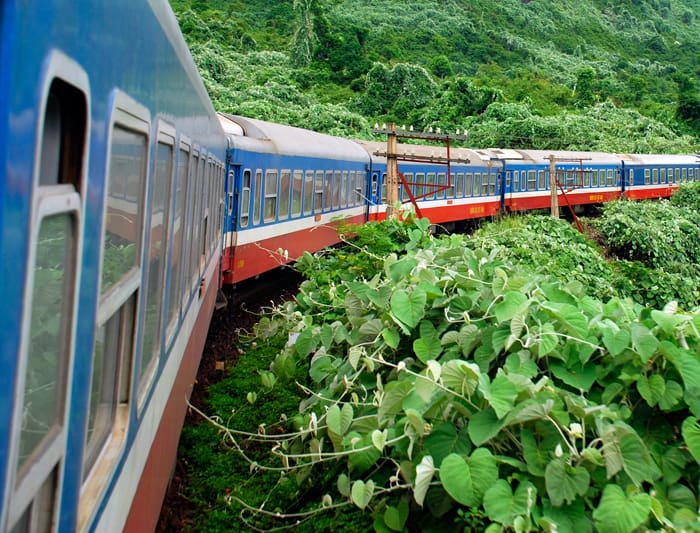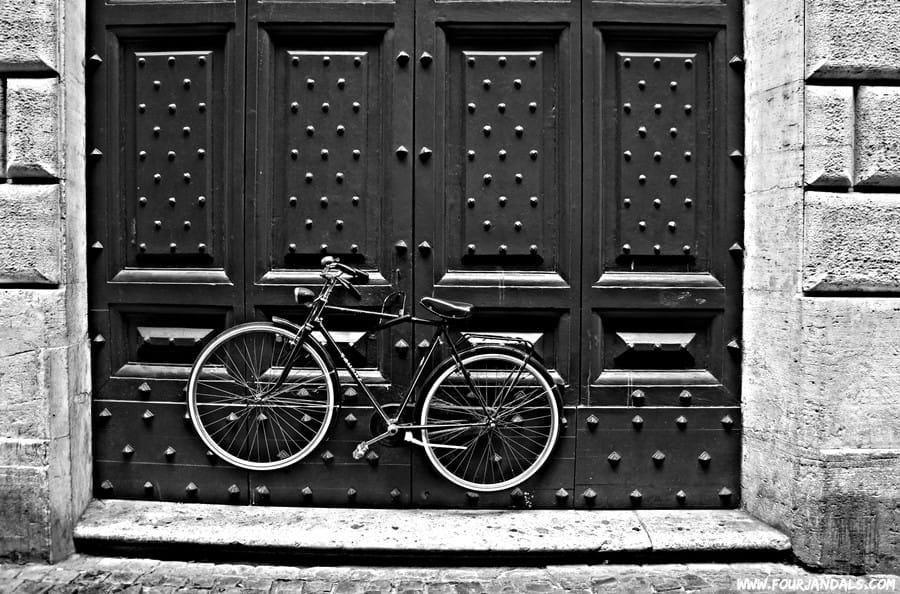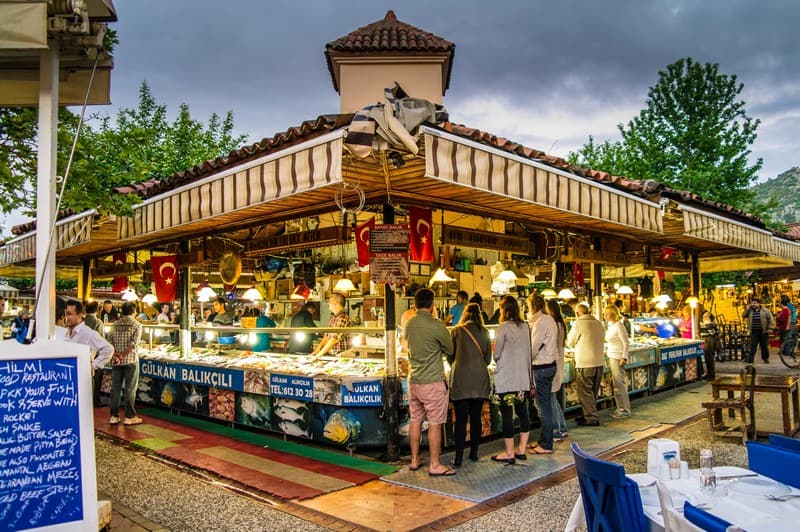Have a bad case of the travel bug but can’t afford to satisfy all your wanderlust dreams? As the common saying goes, if there’s a will, there’s a way. Travelling the world on a budget is possible, provided you are happy to do your research and make small sacrifices here and there. The world is becoming more accessible, making the art of scouting budget friendly airlines, accommodation and everything in between, a lot easier.

Gordon Bayne, Head of Travel at Scoopon shares his top tips on how to satisfy the travel bug without breaking the ban.
- Research & Plan Strategically
Timing is everything in the travel industry. Forget the assumption that booking as far out as possible guarantees the cheapest prices. Rather, research the fare and use comparison websites to scout your best value option. Browse online via your incognito tab so that third party companies can’t track your web cookies and hike up respective prices accordingly. Always avoid high season times and busy holiday periods, and be flexible with your travel dates. When it comes to planning your itinerary, look into sightseeing spots that are free of charge or find out how you can get coupons/vouchers for popular tourist attractions. Sometimes it can be as simple as picking up a brochure from a local travel desk to redeem a discount. Think outside the box when you can. For example, you don’t always need to pay a hefty fee to go up some observatory tower for spectacular city views. Some world renowned locations can be appreciated from a different view or building, either free of charge or significantly cheaper. This can only be discovered if you put in the effort to research ahead of time.
- Look For Alternative Accommodation
On top of airfares and transport, accommodation is often the second largest travel expenditure. If you’re tight on budget, steer away from conventional hotels and look into hostels. You can often find them even in the smallest of cities and towns. If you’re travelling with friends or in a group, Airbnb is a great option to consider and can save you bucket loads. On top of the price slash, the owners of Airbnb homes often provide insight and advice on the best local gems nearby, allowing you to travel off the beaten track. Another tip is to leverage your existing networks. Share the news of your travel plans on Facebook to see if there’s a friend, family or acquaintance who may also be located in the area you are planning on visiting. You could potentially receive some great local suggestions on places to stay, or someone might even offer their spare room/couch for you to crash for a few days.

- Research Travel Deals & Holiday Packages
If you’re keen on travelling luxe for less, make the time and effort to do the research. Look online and shop around for travel deals and holiday packages that target your desired destinations. These deals often offer incredible value and combine airfares with accommodation, along with other bonus additions like day tours. Package deals also take the hassle out of organising and is well suited for travellers who are time poor or hate planning travel logistics. Read the terms and conditions carefully and make sure the deal is completely transparent, to avoid any unwanted, nasty surprises. Check what the final price includes and excludes, then do the maths to see how much you can save.
- Work While You Travel
A feasible way to travel the world and still maintain financial stability, is to work while you travel. You can consider teaching English to children in international communities or even becoming a tour guide. Alternatively, if the industry you are in permits freelance work and versatile work settings, why not take advantage of it? For example, if you’re a journalist or a freelance copywriter, you can easily take on steady writing jobs while on the go, provided you have a laptop and access to Internet. You could also pitch yourself to travel websites and blogs, offering guest posts from your travel adventures. Similarly, if you’re a creative graphic designer, you can still earn an income while travelling by selling your design skills and services via online marketplaces like Airtasker or Fiverr. Accept jobs in Barcelona today and Paris next week.

- Shop Local & Cook When You Can
One of the first things we forgo when travelling on a budget is eating well. Maintaining optimal health can fall to the wayside when we preference ‘perceived’ cheaper options like fast food takeout. The truth is, restricting your intake of fresh food can increase your chances of falling ill due to a lack of vital nutrients. Consequently, you could end up paying more in doctor’s fees and medicine. Mitigate the consequences by shopping at local farmer’s markets rather than supermarkets to find fresh, nutrient rich produce that is cheaper. Pack a sandwich every morning before venturing out so you’re covered for lunch. If you’ve opted for an Airbnb listing, you can cook on most days too instead of eating out to cut costs. Identify the restaurants you do want to splurge on ahead of time so you can budget accordingly.